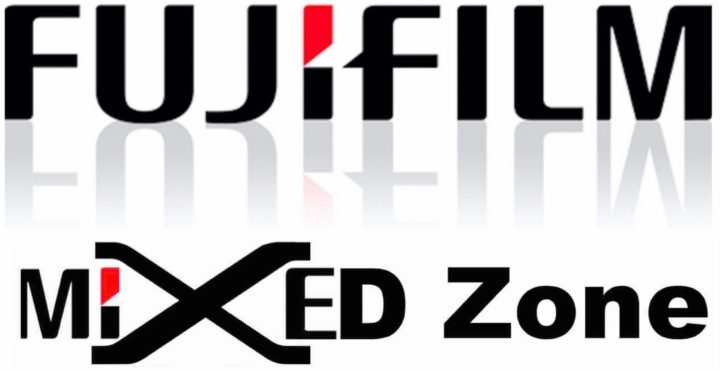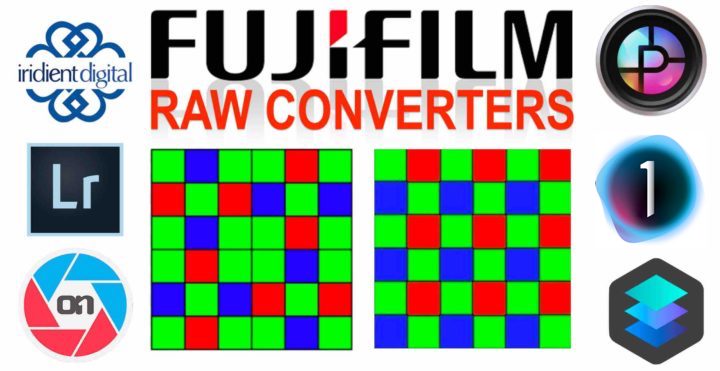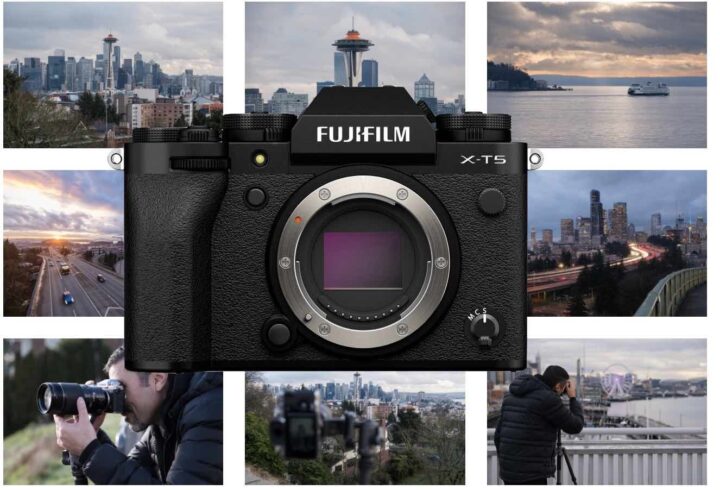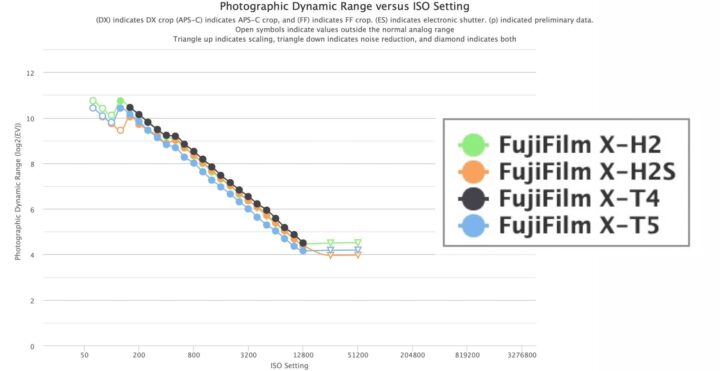DPR Fujifilm X-H2 Review: Silver Award
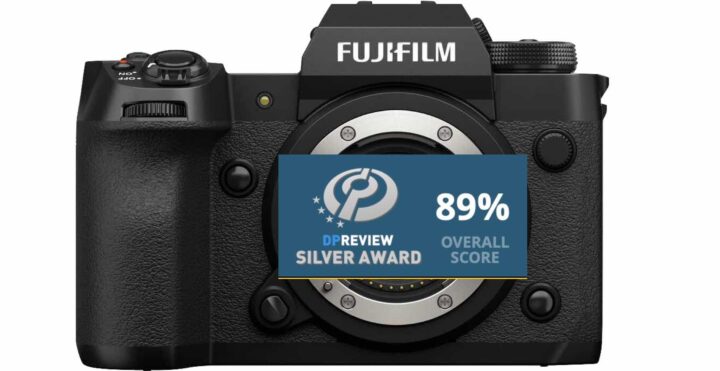
DPReview has published its full review of the Fujifilm X-H2, where the camera gets the silver award with an overall score of 89%.
What we like
- Excellent high-resolution image quality with a wide range of JPEG processing options
- Excellent Raw dynamic range
- 160MP high-res mode for static scenes
- 15 fps mechanical shutter with good buffer depth
- Highly detailed 8K video with no crop
- Wide array of video resolutions, framerates and codecs
- Subject-specific AF tracking modes
- EVF is bright and highly-detailed
- Effective in-body IS easily allows for handheld video and slow shutter speed stills
- Comfortable hand grip with well-positioned controls
- Impressive build quality
- Shutter rated to 500K
- Very good battery life
What we don’t
- Tracking AF and face/eye detect AF reliability lags slightly behind the competition
- Noticeable rolling shutter in most video capture modes, especially 8K
- No general AF tracking option in video mode
- Face detection in AF can be distracted by other faces in the scene
- High-res mode requires a trip to your computer for assembly
- Poor magnified live view experience
- Command dial interface won’t suit all users
- Not all XF lenses will look good paired with a 40MP sensor
You can read the full review at DPReview here.
- Fujifilm X-H2: BHphoto / AmazonUS / Adorama / Moment
- Fujifilm X-H2s: BHphoto / AmazonUS / Adorama / Moment
- Fujifilm X-T5: BHphoto / AmazonUS / Adorama / Moment
Follow FujiRumors on Facebook, Instagram, RSS-feed, Youtube, Flipboard and Twitter.
The Fastest Growing Fujifilm Group
- Fujifilm Film Simulation Group (100% Fuji Colors Power)
Join Our Owners Groups

